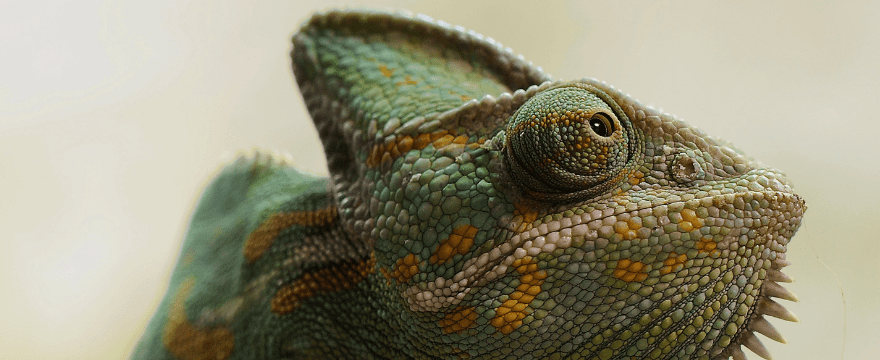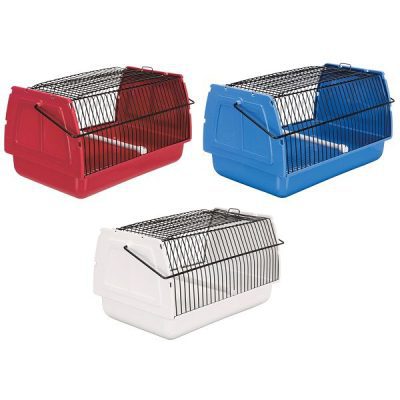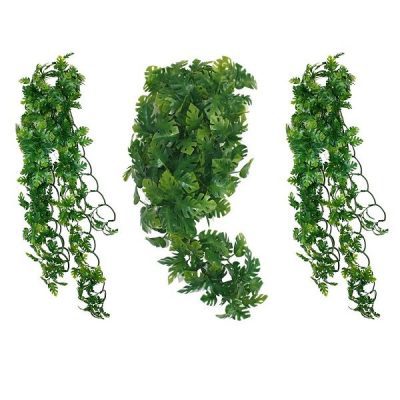Chameleon Routine
Chameleon Routine – Questions and answers
As promised, we have created a Q&A blog about Chameleon feeding and spraying, following our successful Facebook video, discussing how best to look after your Chameleons. Chameleons have specific requirements when it comes to their needs. It is always important to do some research into the animal you would like to keep as a pet. Read this blog to find out more!
Why should I give my chameleon calcium?
Mixing calcium with your chameleon’s food makes your chameleons bones stronger. Calcium helps with stopping the development of MBD ( Metabolic Bone Disease). Chameleons need the replacement of calcium within their diet when in the wild they get their calcium from small animal bone. Calcium with Vitamin D3 is vital for all chameleon, including UV light.
How do I know how much calcium to use?
When mixing the calcium with the food you are using (e.g. locust) you only want to put enough to cover them. We recommend using 1 – 2 tablespoons of calcium. This will leave some calcium leftovers for future feeds.
Note: If your feed contains vitamin D3 you should be aware your chameleon may be sensitive to the chemical and the feed should only be administered carefully following the details from the supplier on the back of the package, as an overdose may cause toxicity.
When feeding your chameleon it may be hard to decide what size food to use. To measure what food to use, you simply put a locust in-between the chameleon’s eyes and if it fits it’s the right size for him or her to eat. If the food seems to be slightly bigger than the gap, this is still suitable because your chameleon will be able to chew the food down.
Why should I spray my chameleon and not my bearded dragon?
A chameleon and a bearded dragon are both reptiles but live under very different conditions. Humidity is a key element of these reptile’s lives, spraying the vivarium replicates the habitat of the rainforest, and it allows the chameleons to drink water off the leaves.
You don’t spray bearded dragons because they live in the desert which means there isn’t much/any water at all. They are able to survive longer without water. We still recommend leaving a bowl of water in their habitat as they will still need to drink.
How often should you feed your chameleon?
Juvenile Chameleons should be fed every day. As your chameleon grows older and turns into an adult, you are able to change their dietary schedule and allow them to eat every other day.
What should I feed my chameleon?
When it comes to the dietary needs of your chameleon, be sure to have a varied diet ready for them. This should consist of worms (wax, morio, silk etc), locusts, crickets, roaches. Some adult chameleons can have pinkies within their diet.
A good tip we give to chameleon owners is gut loading insects to make them more nutritious for your chameleon. Adding leafy greens and vegetables to your insects can make them more nutritious for your chameleon.
If you have any more questions about your chameleon and their specific needs, be sure to message the team via Facebook or call us on 01902 494 860!










